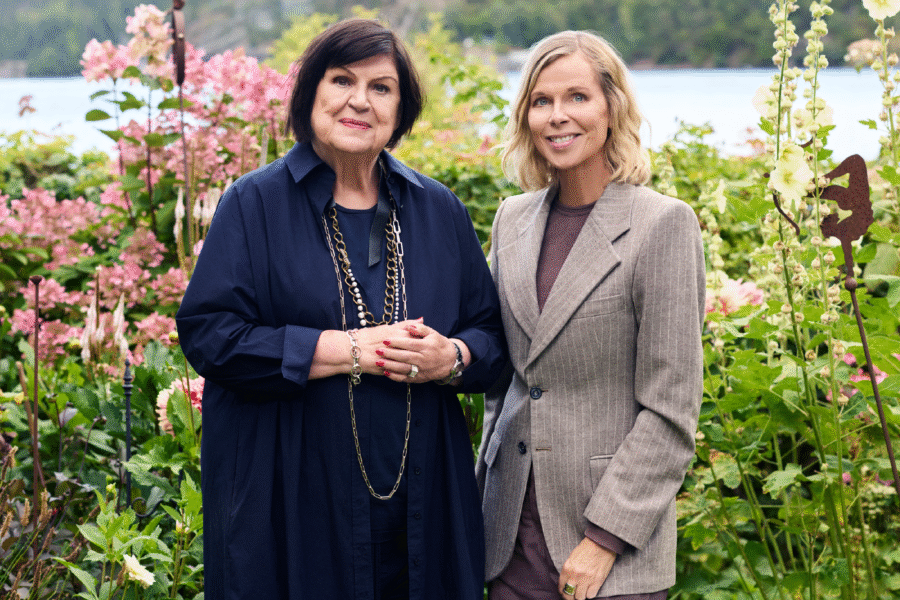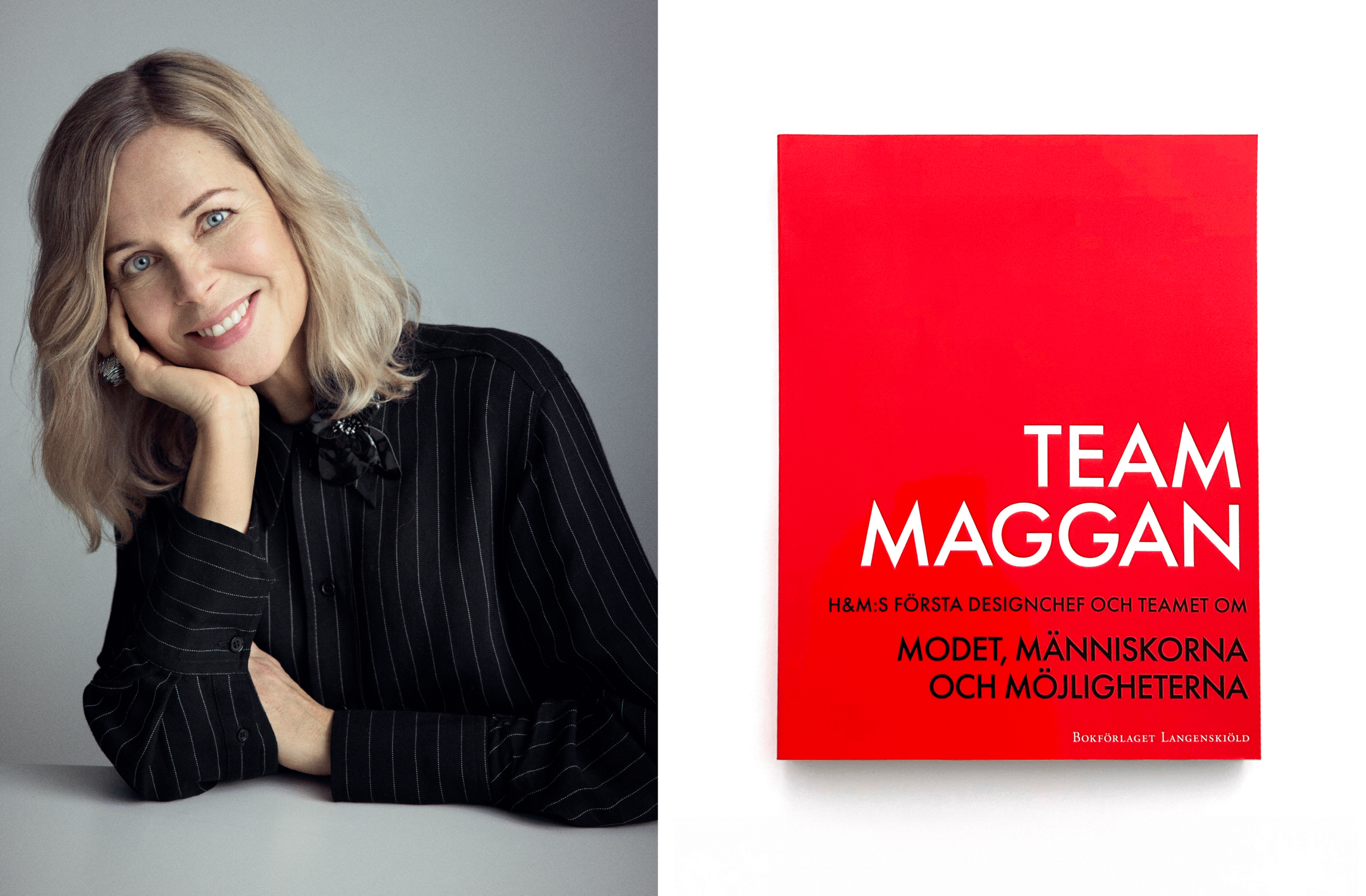
Catarina Midby on the book Team Maggan
In the book Team Maggan: H&M:s första designchef och teamet om modet, människorna och möjligheterna Catarina Midby tells the story of H&M’s creative journey through the people who shaped the company’s design culture. The focus is on the team behind Margareta van den Bosch, H&M’s first head of design, and how their collaboration has influenced fashion, innovation, and sustainability. In this interview, Midby shares her first meeting with Maggan, her own background in the fashion industry, and the insights the book highlights about creativity, collaboration, and opportunities.

When did you start working on the book, and which part of Margareta’s journey did you feel was the most decisive?
The work took around a year. Others had wanted to write Maggan’s memoirs, but she was never interested in that. When she was “retired” after turning 80, I started thinking about writing about H&M’s fashion history, which in many ways began with Maggan when she joined H&M in 1987 and set up the design team and design process. Before that, collections were put together by a few designers and buyers together with external agents. The idea became to tell H&M’s story through the team, with Maggan as the main character.
Can you tell us a bit about your own background in the fashion industry and how it led to the book?
Funnily enough, I started at H&M in London as a buying assistant while I was studying fashion and journalism. Then I worked as fashion editor at Elle and Damernas Värld for a total of 15 years, and after that with communications, trends, and sustainability at H&M for 15 years. I have also been Secretary General of ASFB and responsible for Stockholm Fashion Week, as well as Head of Sustainability at ASOS in London. I wanted to return to creative writing, and that’s when the idea for the book came.
When did you first meet Margareta, and what impression did she make on you?
We met in connection with the design award Guldknappen in 2001, which, as fashion director and jury manager, I was responsible for presenting. She was sharp, flexible, easygoing, and had incredible drive. We started having lunch together and saw each other often. I liked her from the very beginning.
The book highlights many different voices. How did you decide who to interview?
Maggan and I chose people she had been in contact with, to get a mix that represented different roles and processes. The goal was to give insight into H&M’s world and to show how important collaboration is, that all parts, high and low, matter.
How would you describe Maggan’s leadership and influence on the fashion industry?
She is a key figure not only for H&M but also for the Swedish fashion wonder of the 1990s. She made sure that designers understood the entire value chain, from design to sales, which created competent, independent designers. She was also central to H&M’s collaborations with guest designers and contributed to democratizing fashion, where high street meets high end.
The fashion industry can seem superficial and fast-paced, but you describe it as personal and human. Can you give examples?
The book is about people, about gaining trust and collaborating. “You are only as good as the people you surround yourself with,” Maggan said.
What lessons can today’s designers or fashion enthusiasts take away from the book?
Following your dreams is always worth the effort, but not everything falls into place immediately. Flexibility, humility, hard work, and an open mind pay off. Maggan used to say that you need to keep your cool and not be afraid of change.
Was there anything that surprised you while working on the book?
Despite my insight into H&M, I was moved by all the different voices that spoke about working with Maggan and what she meant to them.
If you were to describe the book in three words, which would they be?
Creativity, opportunities, collaboration.


